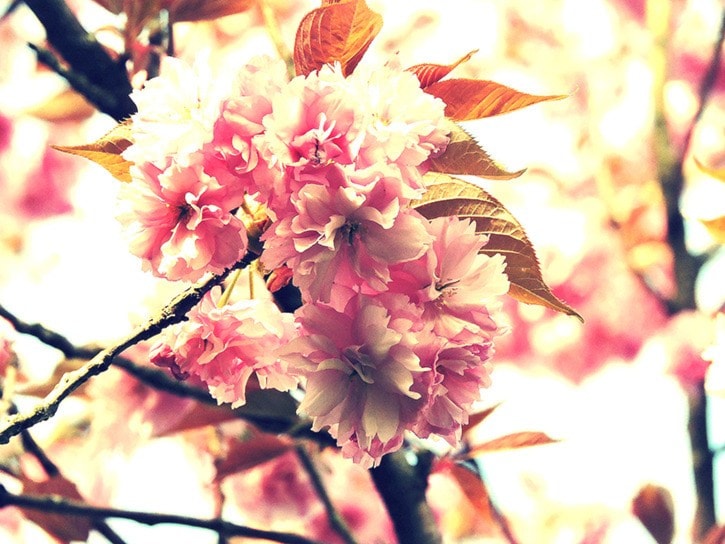Some sunny breaks have encouraged the garden to spring forth with new growth and blooms. There is still time to divide perennials. Weeds will be up and easy to pull out with the moist soil. Hunting and removing slugs pays off in dividends later. The forsythia is nearly finished blooming, so roses should have had their final pruning. Bare root roses can be planted now along with new shrubs and trees. Brassica vegetable sets, cabbage, cauliflower and broccoli can be set out now with some cover for an early start. Potatoes that we planted in pots of garden waste are up. Peas can be planted at different time intervals. Oh, the joys of spring and how blessed we are to garden in this fine land!
Questions and Answers
I have been trying to grow perennials among a flourishing bed of rhododendrons and azaleas at the back of the house to no avail. Will it hurt the rhodos if I mix lime into the soil as I’m guessing it is too acidic.
I’m assuming there is some shade where the bed is located and the soil will be acidic in our area for sure. Rather than adding lime try some perennials that will grow in acidic soil and some shade. Heucheras, also called coral bells or alum root, have been developed to produce a wide range of colored leaves. Hostas can now be found in dwarf sizes; a thicker leaf will discourage slugs. Lilies and iris in different heights would give a change in leaf structure and could bloom throughout the season. Trillium, lupines, primula and heathers all are available in several colors. With a mixture of these plants and varieties there could be a lovely mix of blooms throughout the gardening season. Watering and fertilizing the first year is essential since they will be competing with the shrubs. Keeping the shrubs tidy by pruning them up off the ground, highlights the perennial and assures a better air flow.
I have a sharp drop-off at the back of my property that slopes into a ditch that weeds love but is difficult to maintain. What fast-growing, sun-loving, weed squelching ground cover would you recommend? It goes to the roadside and ditch and is very awkward to water. My neighbours would love you for any help!
A ground cover that meets your requirement is often called an invasive weed! It sounds like it is sun exposed since watering is a concern. There are perennial ground covers for the sun such as vinca, soapwort “Max Frei” and snow-in-summer, with vinca minor being the best selection. Low growing shrubs could be another solution. To mention a few; genista pilosa (Vancouver Gold) has yellow flowers in summer, potentilla tridentate (wineleaf quinquefoil), euonymus fortune (wintercreeper), junipers, ‘Blue Rug’ and ‘Blue Pacific.’ The junipers are drought tolerant once established, prefer well-drained acid soil and full sun. Some will grow to 8 feet in width when mature. A layer of bark mulch under the plants will cut down on weed growth and conserve moisture.
Is it possible to transfer daffodils from pots to the garden after they have finished blooming but before the leaves have yellowed?
Because the leaves are needed to generate nutrients for next year’s bulb and flower, the leaves should be allowed to yellow naturally. If there is no choice but to remove them, take extra caution to not disturb the tender roots and place them in a prepared and sunny spot. Then water and fertilize, withholding water after the leaves have yellowed to prevent bulb rot. To prevent the disturbing of the bulbs in the future, plant them in a pot that can be set inside the decorative pot. Lift that pot out and let the leaves complete their work of bulb-making.
Thanks you for the questions and please continue to summit them to news@ahobserver.com
.
